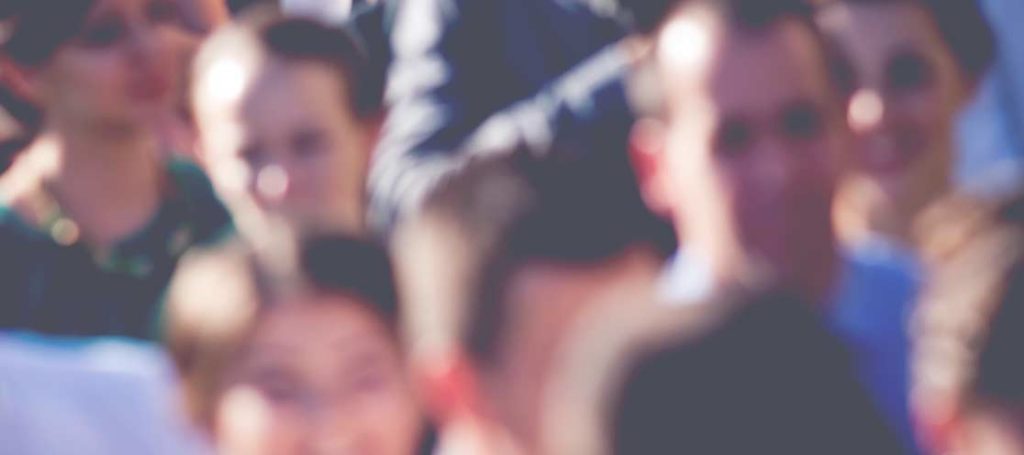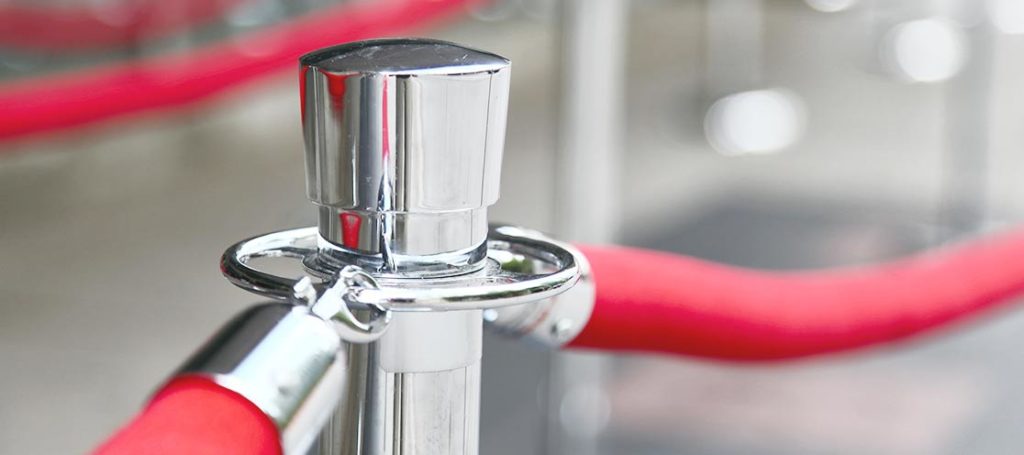Our design team recently attended Phoenix’s main design conference, Method & Madness. It was an enlightening weekend hosted by the ever-amazing group of AIGA volunteers who brought in speakers from all over the states. To see a community come together to support design and to support one another is so special. We at Crowd Favorite are excited to be a part of this inspiring community, and to share some of the big ideas presented at this year’s Method and Madness conference.
The role of designers
To kick off the conference and to get our minds thinking about the role of design in the world, we heard from Julie Anixter and Steven Tepper. Julie is the Executive Director of AIGA and believes design can change the world. As a woman who believes designers are problem solvers, innovators, and leaders, she talked with Steven Tepper about how he is working with students at ASU’s Herberger Institute to become the next generation of designers. Perhaps the biggest takeaway was that designers play many roles, including:
- Facilitator
- Leader
- Researcher
- Systems Thinker
- Narrator
- Visualizer
- Strategist
- Educator
- Innovator
- Entrepreneur
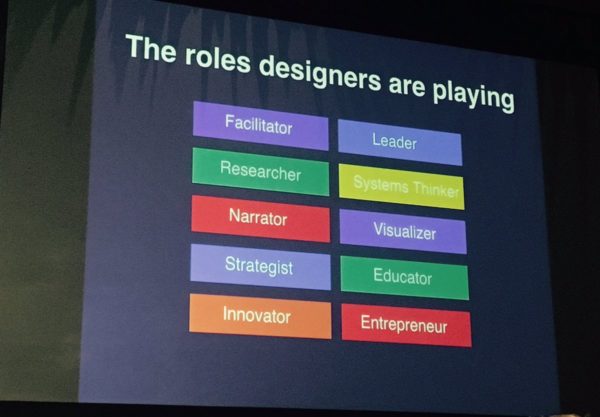
#designers do more than just design @julieanixter @sjtepper #phxdw #dtphx pic.twitter.com/4xMrjvaV1D
— PHX Design Community (@phxdc) October 22, 2016
When I think of my role at Crowd Favorite, I’m reminded of just how incredible it is to work in an environment that encourages innovation, research, and education. The famous old saying, “One of the best ways to learn something is to teach it,” really ties in with my role as a designer-educator. Whether it be helping a summer intern, giving a simple lunch and learn talk, or providing a quick step-by-step demo to a co-worker, we at Crowd Favorite encourage learning, thinking, and ideas.
The entrepreneur role was also one that spoke to me, a concept that is often overlooked. As designers, we work many different people—developers, business directors, photographers, and countless others. We need to be able to speak to a variety of audiences, big and small, in a way that can influence them. This is a business component of design that Steven Tepper is working on with students at the Herberger Institute, one I believe will be extremely valuable to students entering the design world.
Inspiration
Once our minds were centered around the idea that designers have the ability to be leaders and influencers in the world, we heard from several extremely talented and successful designers, including Sean Adams, Randy Gregory, Rick Griffith, Will Bryant and Charles S. Anderson. The biggest takeaways I gathered from these talks were: Be yourself and do what you love. Each of these people started somewhere different, and by following their hearts, working hard, and having fun along the way, they got to do some pretty incredible things.
Randy Gregory started out working as a designer for U-Haul, then went on to New York where he realized the potential of design to solve everyday problems. As a side project, he documented ideas to help fix the New York subway system, and in no time, the project gained momentum and helped launch his career. As Gregory’s story proves, we as designers can observe the world around us and take action to make things better. In our office, it’s as simple as this: “Hey, instead of documenting survey results via an Excel file, why don’t you try this new tool called Google forms that can automate all the results for you?” Our ideas don’t have to be big to be impactful. In the words of Randy, “Success is surprising. Keep finding what people care about.”
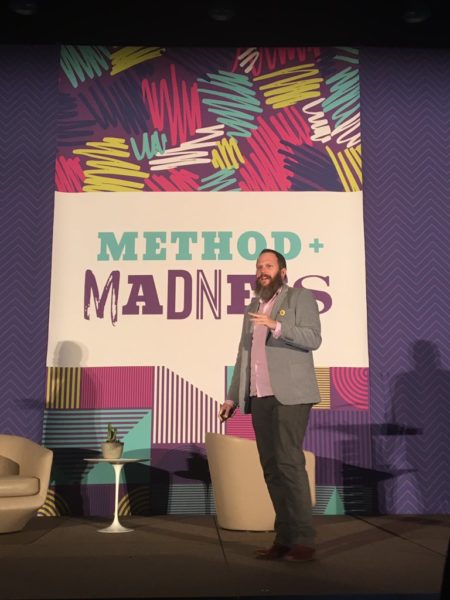
“Success is surprising. Keep finding what people care about.”@randygregoryII#PHXDW#dtphxpic.twitter.com/riaAQV7SYW
— PHX Design Community (@phxdc) October 22, 2016
One of the other things that struck me was how the AIGA volunteers were able to invite these wonderful speakers. Through simple conversations after bumping into a few of these folks, they arranged to share their stories. Designers are ordinary people who love to share their knowledge with others, no matter how far they’ve come. By talking with a few of them at the conference, it really struck me: how you choose to conduct yourself, even your mannerisms, speaks volumes about the kind of person you are. Being polite, kind, and open to connecting with people can make all the difference in the world.
And now, a little eye candy, because after all, there was plenty of visual inspiration, as well…

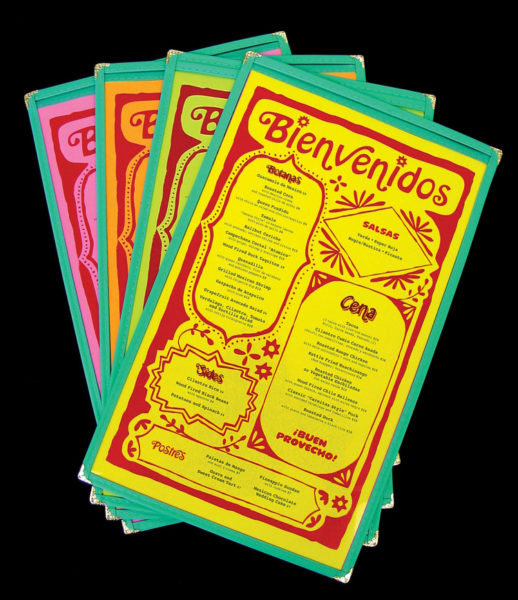
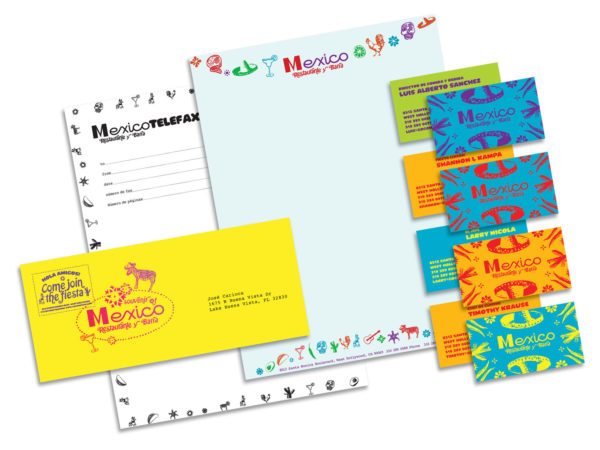
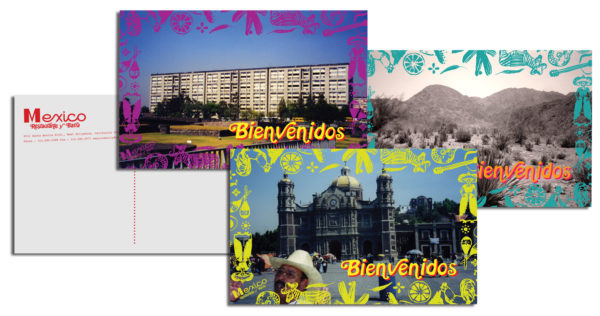
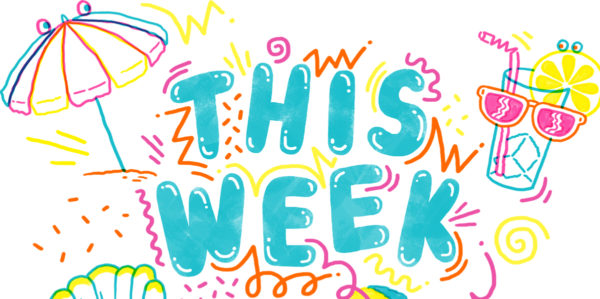
![]()
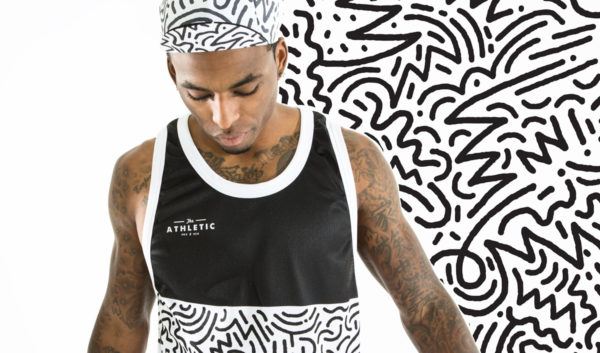
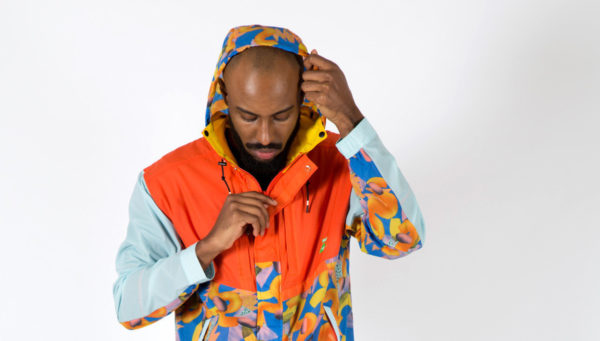

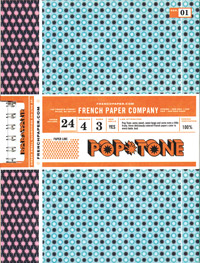


Our very own Liz Rogers on the stage
We’re very fortunate to have a diverse team of talented people at Crowd Favorite. If you’ve worked with us recently, you may have had the pleasure of working with Liz Rogers. She’s our content strategist, a true team player, wearing many hats to get the job done right. She was asked to speak at Method and Madness this year, and we were very excited for her to share some of her knowledge with the design community.

Our Liz Rogers rocked the main stage at Phoenix Design Week’s Method+Madness conference! pic.twitter.com/66UIt1wx8i
— Crowd Favorite (@crowdfavorite) October 25, 2016
Her talk “Happy to be Here: Placing the Content Strategist and Copywriter” explained the intersection of content strategy and copywriting, copy and content. Oftentimes, designers don’t fully understand the differences (to be honest, I didn’t). As Liz explained, content strategy is about the organization and hierarchy of information, creating a strategic plan to provide a great user experience and help our clients achieve their business goals. Copywriting, on the other hand, is about crafting compelling messaging, messaging that changes user perceptions and behaviors. In her case, Liz does both!
You can change the world!
Yes, design is powerful, but design that can change the world? That’s big. Sometimes as designers we get comfortable at our desks, in our own little world, jamming out to our favorite tunes, we forget that there’s a whole world out there.
Antionette Carroll was such a treat to hear. She took her personal passion and paired it with her design abilities to work to truly change the world. Coming from St. Louis, where she’s witnessed racial inequality, she used her design power to create Creative Reaction Lab. Creative Reaction lab brings awareness to racial inequality and other opportunities for engagement. The lab helps everyday people come up with solutions to help solve problems in their communities. She used her skills in entrepreneurship, design, leadership, and education, and paired it with her personal passion.
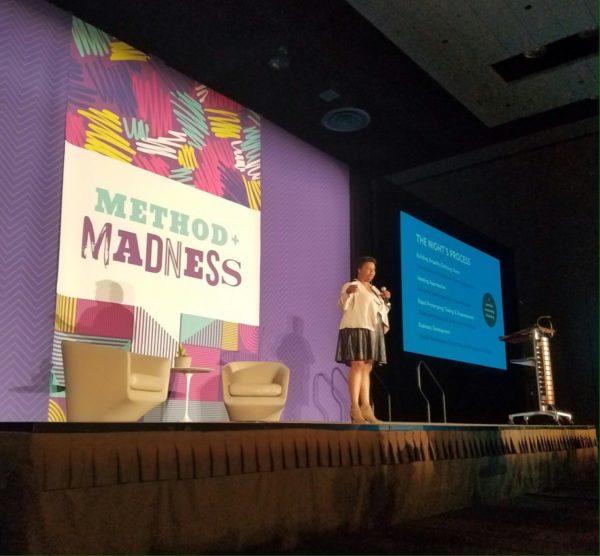
As designers, your job is to create something out of nothing. You can change the world! #phxdw @acarrolldesign pic.twitter.com/9YrDL3PrD5
— PHX Design Community (@phxdc) October 23, 2016
Antionette encompasses each of the roles Julie shared about the many roles of a designer. I love her quote, “As designers, your job is to create something out of nothing. You can change the world!” I left the conference with the desire to do something, to not just observe, but to take action.
I love being reminded that designers are ordinary people whose ideas can prove to be extraordinarily powerful. This year, I left the Method and Madness Conference feeling encouraged to believe in the power of my own ideas. As a part of the design team at Crowd Favorite, I’m thankful to be in an environment that supports our ideas, and believes in their ability to make a difference for our clients.





